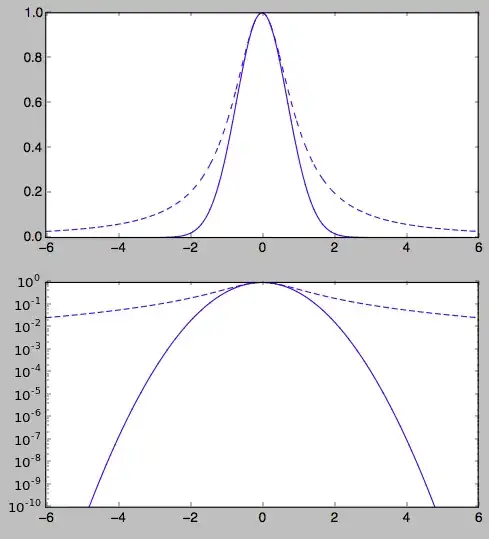From some simulations I have obtained as an output a signal which roughly looks like a Gaussian with some elevated tails. Note that the input was a Gaussian.
Now I would like to quantify the deviation from the Gaussian, or, to be more specific, I would like to quantify the elevation of the tails. Any ideas how to do that?
(Maybe fitting some kind of "almost-Gaussian" type of function where the elevation of the tails is one of the fit parameter, but what would I use then as "almost-Gaussian" type of function?)
